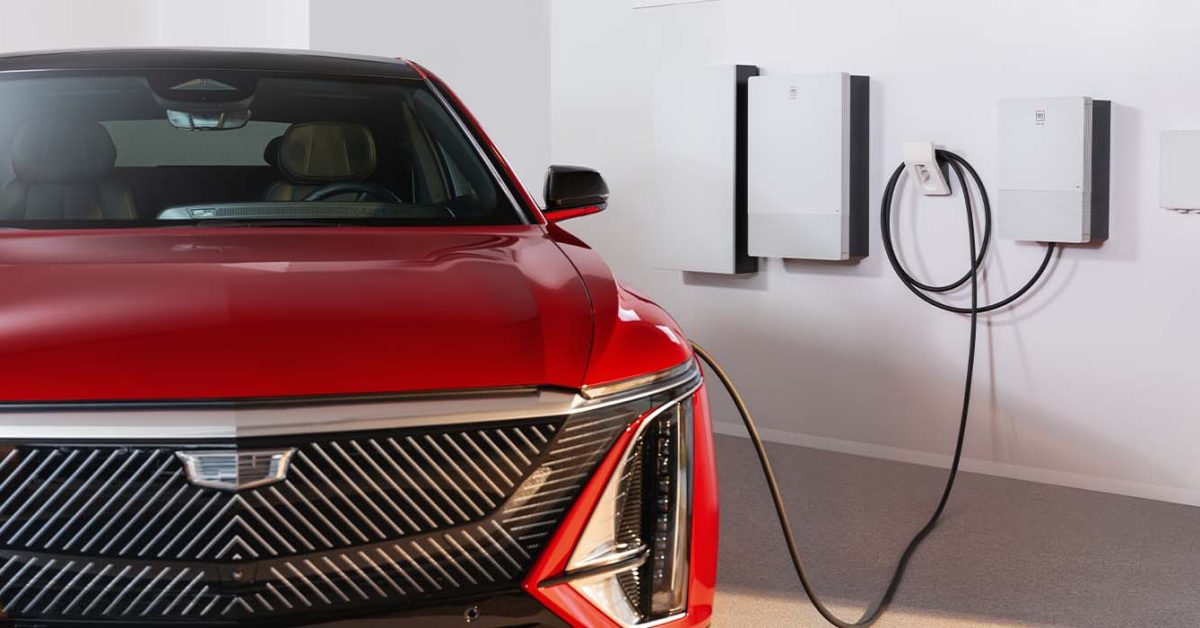Key Takeaways
- Only select electric vehicles (EVs) currently support vehicle-to-home (V2H) technology for powering homes.
- Popular models like the Ford F-150 Lightning and Kia EV9 can provide backup power during outages.
- Tech advancements like Sigenergy’s V2X system expand bi-directional charging capabilities to more vehicle models.
Understanding V2H Technology in EVs
The concept of using electric vehicles (EVs) to power homes during outages has sparked interest among consumers. While modern EVs feature powerful batteries, the ability to transmit energy back into a home—known as vehicle-to-home (V2H) technology—depends on specific hardware and software currently available in only a few models.
Many EVs are equipped with large batteries that could theoretically sustain a home for days, offering potential savings during high electricity costs and reliable backup power during emergencies. However, not all EVs possess the necessary components for bi-directional charging.
Available EVs with V2H Capabilities:
-
Ford F-150 Lightning: Recognized for its aptitude as a generator during emergencies, this popular electric truck can deliver up to 9.6 kW of power to a home. Users must install the Charge Station Pro and the Home Integration System, with total costs nearing $5,000 for hardware and installation.
-
Kia EV9: This family-friendly SUV supports V2H charging with the Wallbox Quasar 2 setup. A fully charged Kia EV9 can power a standard home for up to three days with the right equipment, costing around $6,440 plus installation.
-
General Motors (GM) EVs: Models like the Chevy Silverado and Equinox, based on Ultium technology, can also send battery power to homes. Using GM Energy’s Ultium Home System with a Powershift Charger costs about $12,699. Note that some 2024 models may require software updates for this functionality.
-
Tesla Cybertruck: Tesla’s newest model is equipped for home power support, with options that include a Tesla Powerwall or additional installations costing about $3,500.
Emerging Technology and Alternatives:
The V2H technology is not limited to the vehicles mentioned above. Tesla owners of Model 3 and Y can now access bi-directional charging via the Sigenergy V2X system, which works with several other brands like Kia, Volvo, and select VW/Audi/Porsche models. This provides additional options for users who want to utilize their EV’s battery during outages.
Innovations in charging technology broaden the potential applications of EVs. While V2H systems currently require specific setups, the development of broader solutions continues, emphasizing the importance of ongoing advancements in the electric vehicle sector.
With the increasing interest in renewable energy and sustainability, pairing EVs with solar power and battery backup systems is a growing trend. Efficient ways to convert car batteries into home power sources open new discussions about energy independence.
The exploration of these technologies reflects a significant shift in how consumers understand their electric vehicles—not just as means of transportation but as integral components of home energy management. As developments evolve, it will be increasingly important for future buyers to be informed about their vehicle’s capabilities and potential for integrating energy solutions.
The content above is a summary. For more details, see the source article.















